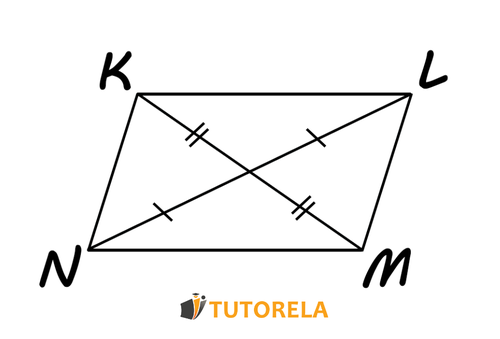Parallelogram is a four-sided polygon (quadrilateral) where opposite sides are parallel and equal in length. A key feature of parallelograms is that they have two sets of parallel lines, which gives them their name. Examples of parallelograms include squares, rectangles, and rhombuses, which are all specific types of parallelograms with additional unique properties.
Characteristics of the Parallelogram
- Sides opposite in a quadrilateral: are sides that do not have a common meeting point.
- Adjacent sides in a quadrilateral: are sides that have a common meeting point.
- Adjacent angles: are 2 angles that have a common vertex and side.
- Opposite angles in the quadrilateral are angles that do not have common sides.
- Diagonal: is a section that connects 2 non-adjacent vertices (and is not a side)
If the data is:
Then: is a parallelogram
Parallelogram
